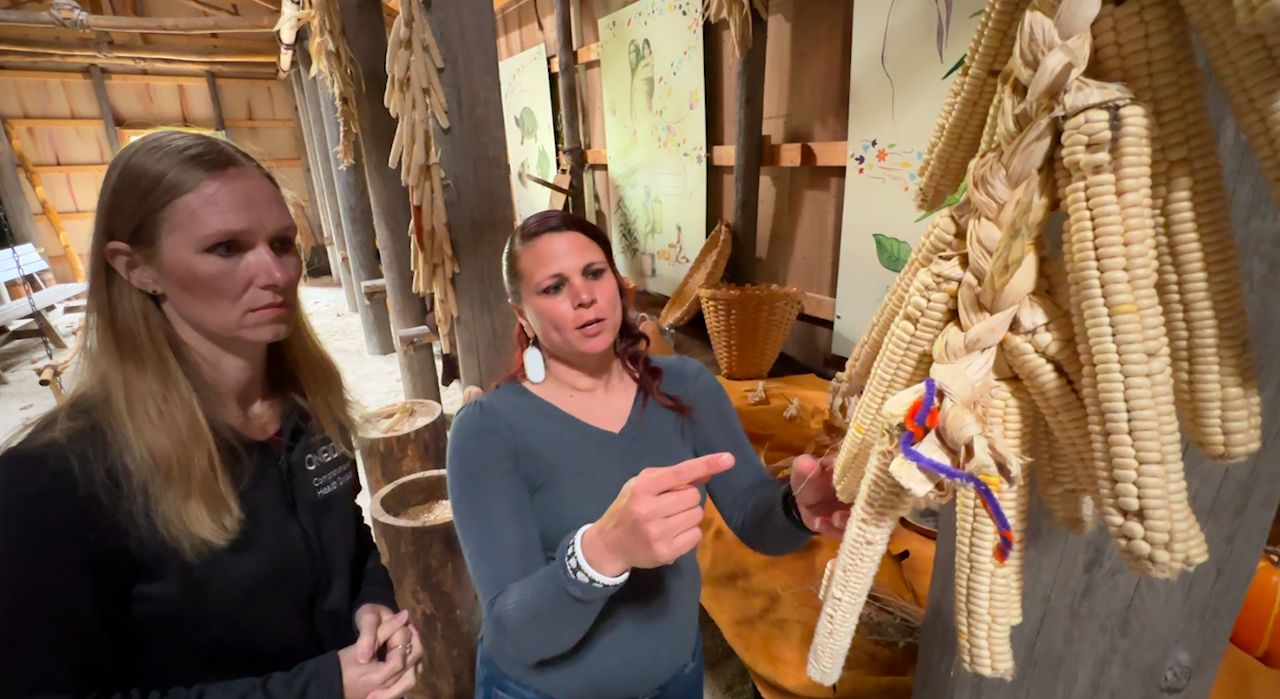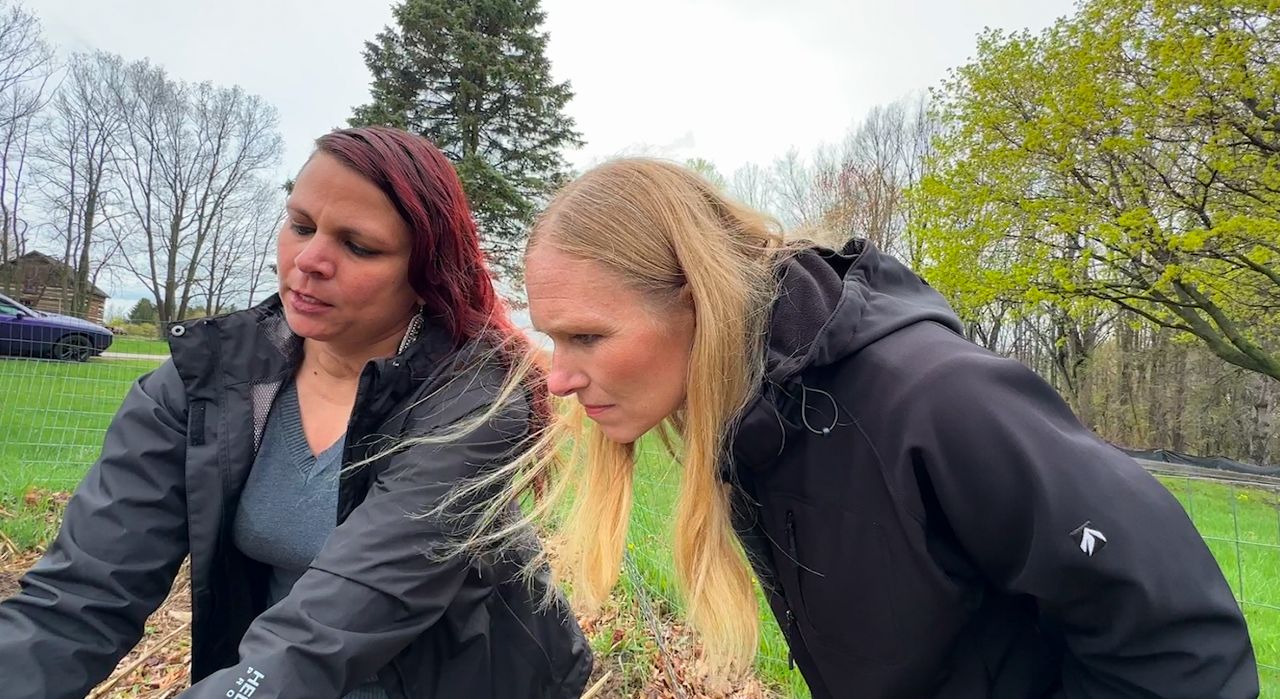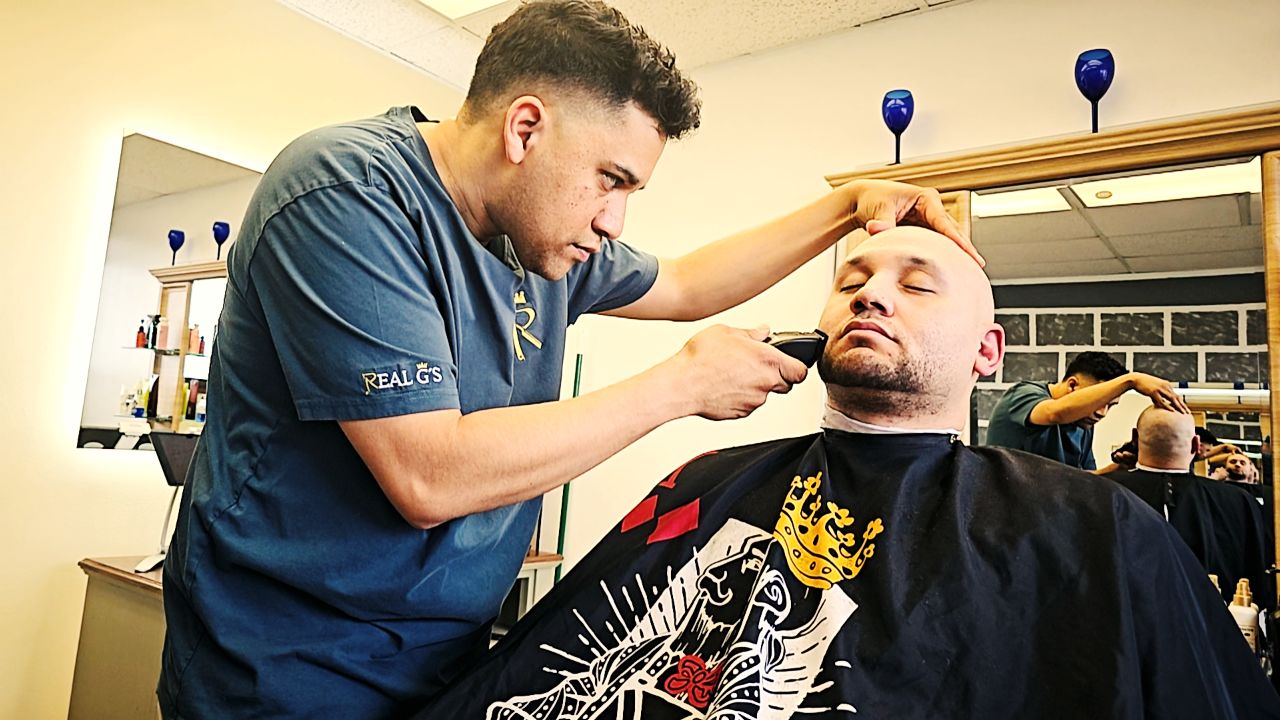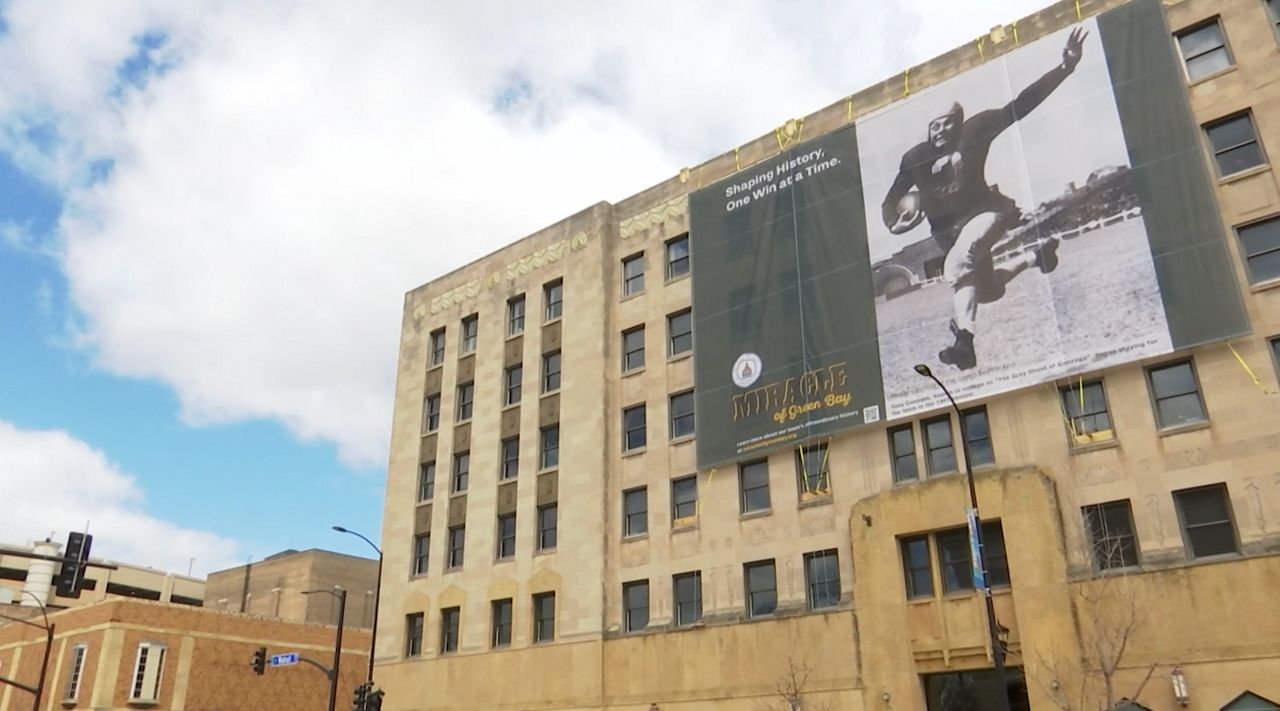ONEIDA, Wis. — The longhouse at the Amelia Cornelius Culture Park is where Leah Stroobants usually starts her tours and educational programs on the Oneida Nation.
She’s the cultural engagement specialist for Oneida and focuses on educating people about the lives and history of the Oneida people.
“This is usually the starting point for our tours where we can educate about how life was for the Oneidas while we were still in the New York area and lived in longhouse structures,” Stroobants said.
Her role in education doesn’t stop there. She’s also one of more than 50 Native Americans taking part in a study related to strokes in those communities.
“I’ve had family members and friends in my community that have had strokes in their families. I’ve seen the effects of them losing sometimes functions or sometimes their family members entirely, and how that affects so many people in our community.”

Medical officials said stroke is one of the leading causes of death and disability in Native Americans.
The study is a joint effort by the Oneida Nation’s Comprehensive Health Division and the University of Wisconsin-Madison stroke team.
Amanda Riesenberg is the Oneida Nation stroke prevention wellness coach.
“Really, the goal of this is to figure out why Native Americans have a higher risk for stroke than any other,” she said.
People ages 35 to 50 are participating in this phase of the study. An earlier phase that’s still being worked on focused on older populations.
Riesenberg said a new element is being added to this study group.
“It’s a new study that nobody has ever done where we’re looking at if historical loss and historical trauma can affect somebody’s stroke risk factors,” she said.

Stroobants said she hopes her participation in the study and her education about the past can help future generations of Native Americans live healthier lives.
“I couldn’t identify what was causing the strokes, so I thought if I got involved with the stroke study I could get more education,” she said. “Part of my job is to educate the public, so when they come through if I can do anything to help them understand, ‘Hey, we need to do things better.’ There’s a lot of stuff we used to do that we could reintroduce and get us back on to a healthy pathway.”










